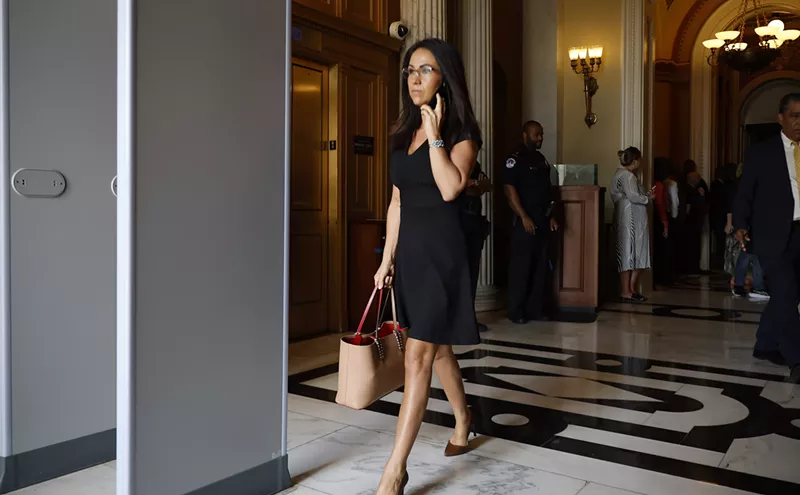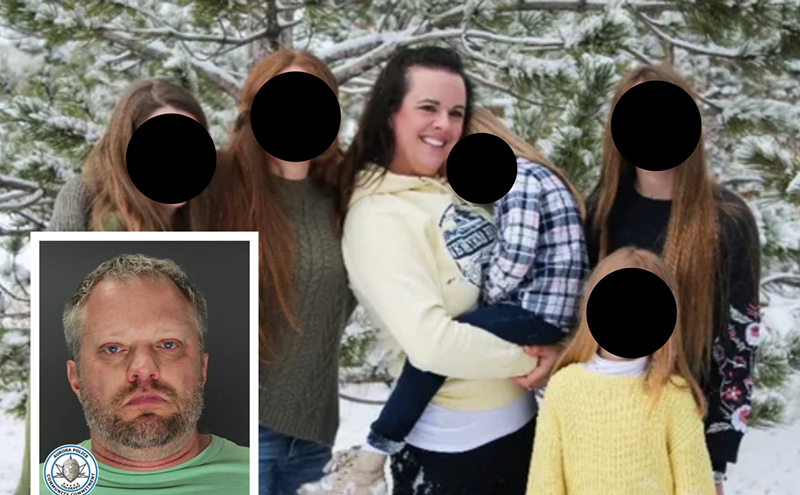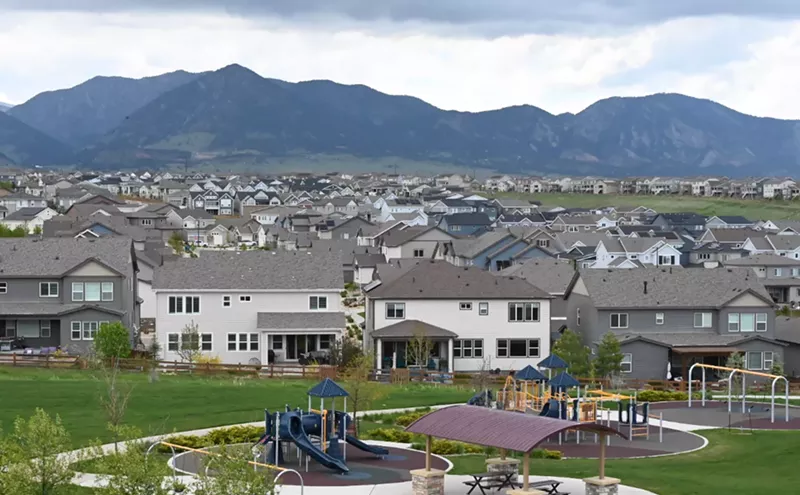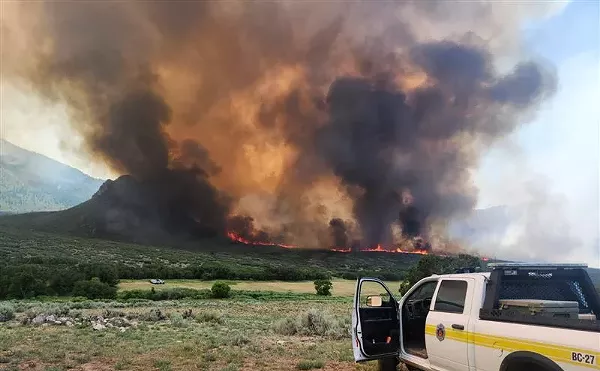On Tuesday, Aurora Public Schools released "APS 2020: Shaping the Future," a report that puts a positive spin on educational reform efforts in the district — and the timing certainly doesn't seem to have been coincidental.
The next day, the If Not Now Coalition, a group of seventeen organizations that includes RISE Colorado, Education Reform Now and The Stapleton Foundation, unleashed "If Not Now... Transforming Aurora Public Schools From Failing to Great," which juxtaposes advice about how to improve APS institutions with statistics that are distressing in the extreme.
The numbers include subpar graduation rates and test scores in virtually every area of academia.
Both documents are on view below, and they share the same goal of making Aurora schools better. But as the "If Not Now" study notes about on-time graduation rates — 56 percent, as opposed to 61 percent for Denver Public Schools and 76.5 percent on average in Colorado as a whole — "there is still a long way to go."
Aurora Public Schools certainly has a diverse student population, as depicted in this "If Not Now" graphic:
That 70 percent of attendees qualify for free and reduced lunch demonstrates the large number of low-income students at APS — and their graduation and proficiency rates tend to be even lower than those of the overall student population.
DPS takes plenty of criticism for its own performance in these areas — but compared to the schools in Aurora, it doesn't look nearly as bad. An "If Not Now" excerpt:
Graduation rates in APS are also lower than state and DPS graduation rates for nearly all student subgroups. APS trailed the state and DPS in nearly every measured student subgroup, only outperforming DPS in graduating homeless students (42% of homeless students take home a diploma in Aurora, compared to 35% in Denver). But it remains clear that most students in Aurora are less likely to graduate high school than their peers in other parts of the state: in 2014, on-time APS graduation rates were 52% for economically disadvantaged students (64% in the state; 57% in DPS), 51.4% for Latino students (66.7% in the state; 58.2% in DPS); 42% for students with limited English proficiency (59% in the state; 54% in DPS); 40% for migrant students (63% in the state; 56% in DPS); and 37.2% for students with disabilities (54.6% in the state; 40% in DPS).A number of graphics compare test scores in Aurora Public Schools to those at Colorado schools in general. Areas of attention include math scores....
...reading scores....
...and scores on the ACT college entrance test:
How to improve the situation? The If Not Now report offers eight recommendations:
1. Develop a strategic plan that creates specific, bold goals for student achievement, as well as milestones, timelines, and strategies to reach them (the current plan does not include any of these).
2. Establish a series of community engagement efforts in partnership with other community entities and activists to ensure that district plans and actions are informed and supported by the community. Engagement should inform the district’s strategic plan, school turnaround plans, transportation, before and after-school programming, and other community concerns.
3. Provide families with an easy-to-understand school performance framework and indicators about the quality of their schools (for example using a color, letter, or number system) and communication in the families’ native language on the performance of their children.
4. Build and create new schools that are replications of the nation’s best schools for serving demographically similar students (all school models, including high performing charters should be an important component of these efforts). The district needs exemplary schools and currently has none.
5. Develop schools and refine curriculum, pedagogy, programming and community engagement to effectively educate the growing population of students who need more support including English Language Learners, immigrants, refugees, and students with disabilities. Partner with community groups, and replicate the practices and supports provided in schools like those of Place Bridge Academy’s Newcomer Center in Denver, CO; Columbus Global Academy in Columbus, OH; Newcomers High School in Long Island City, NY; and others.
6. Leverage both expert and community voice to ensure school turnaround planning and actions are streamlined and likely to be successful.
7. Work with the city of Aurora, Colorado and community partners to establish high-quality literacy-based full day Early Childhood programs and full day Kindergarten in all APS schools, especially those with high proportions of low-income families.
8. Organize voter support of a new bond and mill levy to fund both the growth of the Aurora student body, and the changes that require additional resources.
Aurora's own report acknowledges that the status quo is unacceptable. One section is titled "The Foundation of Change," with subcategories featuring monikers such as "Increasing District and School Staff Capacity for Change" and "Shifting the Organizational Culture Regarding Change and Success."
Moreover, Superintendent Rico Munn, who's been on the job for two years, is portrayed as someone who recognizes the troubles spelled out by the If Not Now Coalition and has been moving aggressively to address them.
The concluding segment, dubbed "The Next Steps," reads like so:
APS, like every other school district in the nation, does not have unlimited time or resources. This reality demands that we be focused, creative and, above all else, strategic. As we implement CORE and the APS 2020: Shaping the Future strategic plan, we must seek out partners and ideas that will illuminate and support an aligned path toward achievement for all students. Conversely, we must be disciplined to avoid the latest "fad" reform or curriculum trend.Yes, the bold and italic print on this last phrase is in the original.
All in the APS community also have a responsibility to be pragmatic and transparent about our work. At meetings of the Board of Education, on our website and at various community forums, we will present our pregress, solicit feedback and respond to the needs of our dynamic community. As needed, these plans and strategies will shift to address federal and state accountability, equity concerns, trending data and other real-life situations. No meaningful strategy can be etched in stone.
Our students, families and community deserve better schools and higher achievement. This belief fuels our reform work. It also drives a deep sense of urgency to be ready, to be flexible and to maximize the talent needed to improve outcomes across the district so that every student shapes a successful future.
Disclosure: My son is a special-education teacher at an Aurora charter school. Look below to see a CBS4 piece about the dueling studies, followed by the If Not Now Report, followed by APS 2020: Shaping the Future.












